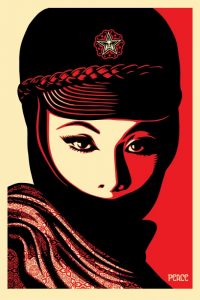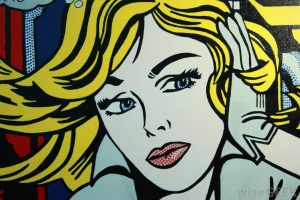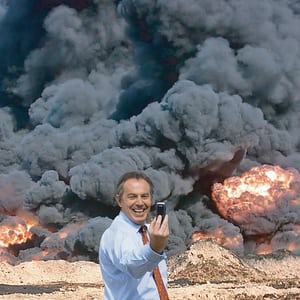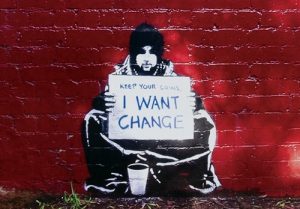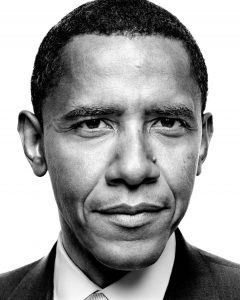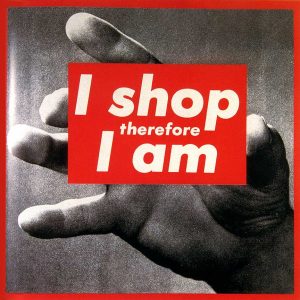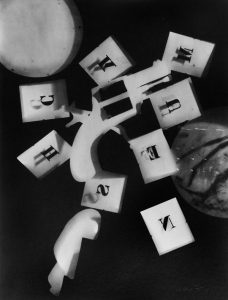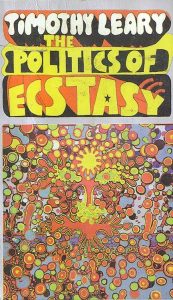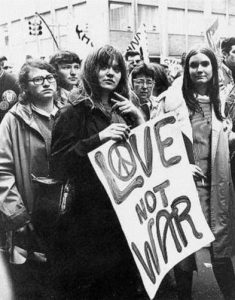Throughout the research and communication skills lectures I have learned a lot about the history of art and how it has developed through the years, from the counter culture underground movement to how post modernism has developed into the art we have today.
In particular I enjoyed the ‘Abstract’ Netflix series we watched, which featured artists such as Platon, a famous 35mm film photographer who captures mainly powerful world leaders and many celebrities up close to capture their personality. Or the work of Christoph Niemann, an illustrator, graphic designer and author, it was this episode that really grabbed my attention with how graphic design can really be used in the real world.
Being able to research a lot more in-depth artists that I can relate to and engage interest into their work has aided my work to be able to use the same techniques from them and learn how effectively I can incorporate this into my practice. One of my favourite current artists is Shepard Fairey who is predominantly a street artist, however also a graphic designer and illustrator. He creates very large wall murals, often to make a statement with a message behind the image he creates, he was recently put under fire for using a photo of the former US president Barack Obama that wasn’t his photo, which he manipulated to create the poster titled ‘Hope’.
Copyright was something else we learned about within our lectures and how it is a very touchy subject in the real world as there are many different laws that state whether you can or cannot use someone else’s piece of work to then manipulate and use as your own. This has taught me that I have to for the most part use my own photography and imagery for my own work to avoid plagiarism.
Post Modernism and counter culture were something that also caught my attention, especially the Skinhead and Mods movements as these carry a now typically retro theme which I am quite fond of using this word within my studies as it can be used very broadly to represent any time from the 1950’s- early 2000’s. The word retro can Include a lot of objective themes such as colours, styles, cultures, items of the time, film, design and typography, these are all very broad topics which I could use within my practice and I am very keen on exploring further. The research tasks we have been given have helped me to further new ideas within this area, using books, magazines and the internet very wisely to find out.
Researching movements such as the Avant garde and counter culture have allowed me to learn more in depth about them and be able to understand how the movements were born and how they developed into the next movement of the time. To further my practice and use the knowledge I have gained from these lectures, I plan to push my work further by using new methods and techniques I have found.


